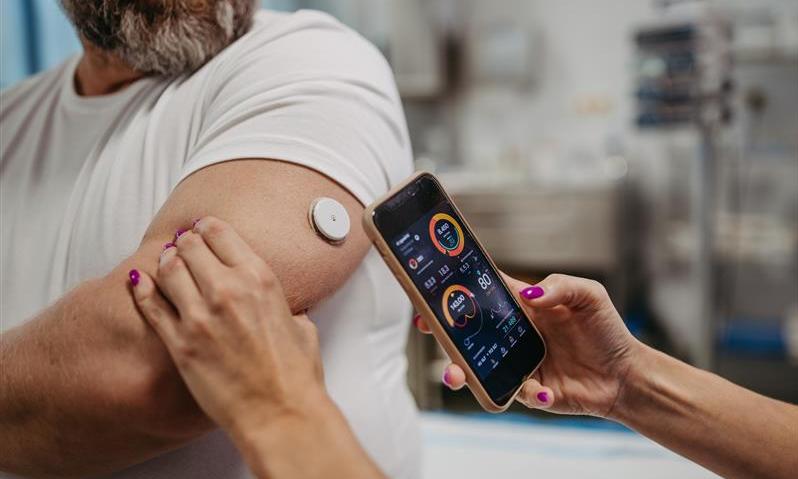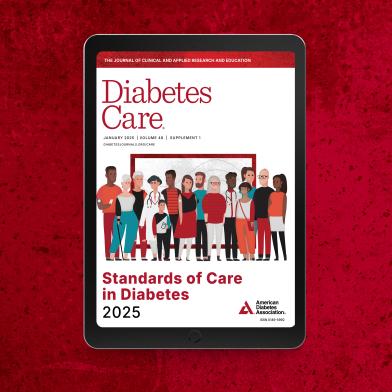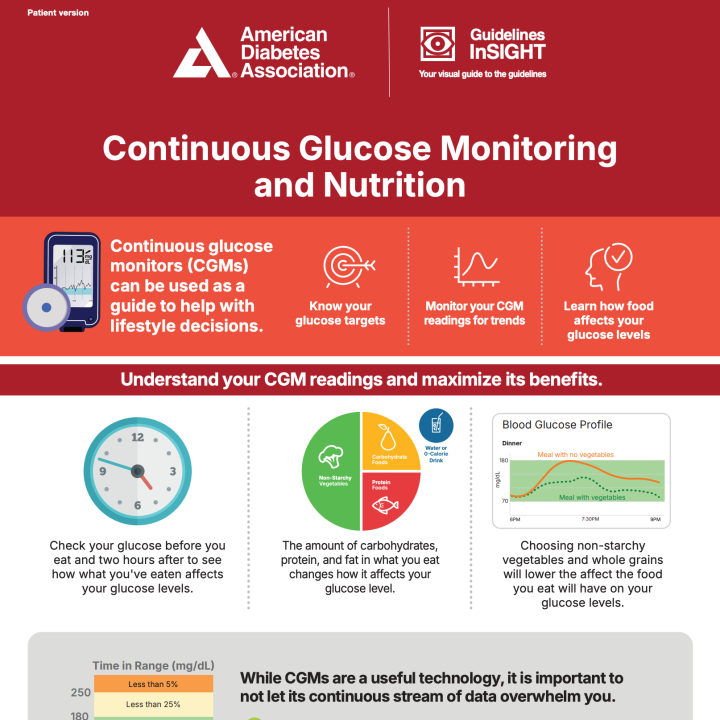Diabetes technology is the term used to describe the hardware, devices, and software that people with diabetes use to assist with self-management, ranging from lifestyle modifications to glucose monitoring and therapy adjustments. Historically, diabetes technology has been divided into two main categories: insulin administered by syringe, pen, patch devices, or pump (also called continuous subcutaneous insulin infusion) and glucose as assessed by blood glucose monitoring (BGM) or continuous glucose monitoring (CGM).
Diabetes technology now includes automated insulin delivery (AID) systems that use CGM-informed algorithms to modulate insulin delivery. It also encompasses connected insulin pens and diabetes self-management support software that serve as medical devices.
Diabetes technology, coupled with education, follow-up, pharmacotherapy if needed, and support, can improve the lives and health of people with diabetes; however, the complexity and rapid evolution of the diabetes technology landscape can also be a barrier to implementation for people with diabetes, their care partners, and the health care team.








